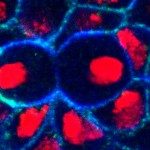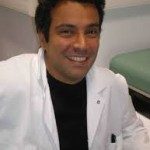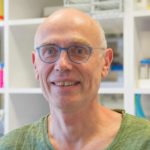Link to HAL – hal-05262549
Link to DOI – 10.1101/2025.09.02.673715
The cellular and biochemical processes that limit the speed at which embryos develop, tissues form, and cells differentiate remain largely unknown. Using the speed of progression of a differentiation front in the developing eye of Drosophila as a proxy for developmental speed, we identified genetic perturbations that slowed down the progression of this front. Inhibiting the Electron Transport Chain (ETC), and more generally energy production in mitochondria, resulted in reduced developmental speed. Defective ETC activity led to increased NADH/NAD+ ratio whereas ATP levels remained constant due to a compensatory increase in glycolysis. Using targeted perturbations, we found that the metabolic state of the cells ahead of and/or at the moving front of differentiation determined its speed. Genetic and diet-based perturbations of the NAD+ metabolism pathway indicated that developmental speed was limited by NAD+ availability in these cells. Thus, developmental speed appeared to be constrained by the cellular redox and the demand for NAD+ in Drosophila.





